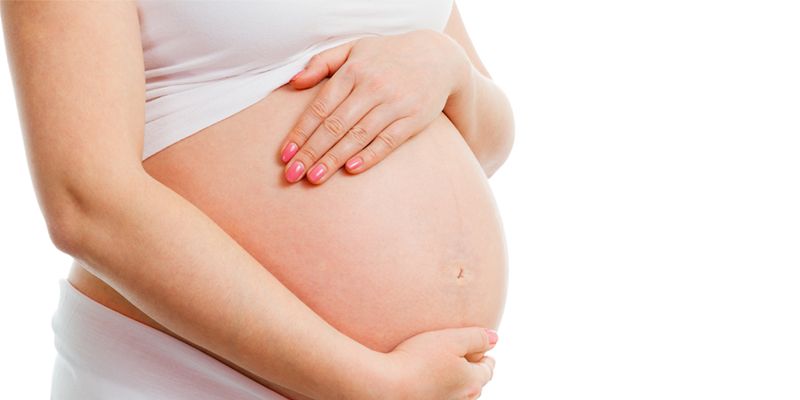- *your body has totally changed
- *you have all these orthopedic or pelvic floor injuries
And maybe you’ve already gone to your doctor or midwife and been told it’s “normal” or “it will get better.
That’s not the answer most moms want to hear. We see lots of women who haven’t been given the right information on postpartum recovery. In fact, postpartum recovery is often put on the back burner after the baby arrives. However, labor and delivery can take as much energy out of you as running a marathon – but instead of easing back and recovering after this strenuous experience, new moms are often sleep deprived and not able to take care of themselves.
These are often the questions and complaints we hear:
- *I feel like my core is completely deflated
- *I can’t get rid of this pooch on my belly
- *It’s painful to have sex
- *I keep peeing while I’m working out
- *I feel like I’m still in the first trimester of pregnancy
- *There’s a big gap in my abdomen
- *I leak all the time
- *Every time I cough or sneeze I have to hold my legs together
You might also be feeling pain, whether it’s pain with intercourse or sensitivity in that area to soap. Many of these symptoms can happen postpartum, but in 6-8 weeks you should be starting to feel normal again.
If you are experiencing these symptoms past 6-8 weeks, you should start seeking professional help to improve on these conditions. If these issues go untreated, they usually only get worse as the baby gets bigger and with subsequent pregnancies. More intense symptoms can develop, such as pelvic organ prolapse, low back and hip pain and/or diastasis recti.
At Rebalance, we specialize in holistic pelvic floor physical therapy and work with moms postpartum to help them heal.
Postpartum Pelvic Floor Dysfunction
After giving birth, most women leave the hospital with a host of information on how to care for their baby, but very little information about how to care for themselves and the issues that may arise in the days, weeks, months or even years as a result of their pregnancy and birth. Many medical professionals aren’t aware of some of these conditions, which can create frustration and often leads in women not receiving the appropriate treatment.
Often, the culprit is the pelvic floor. What is it? It’s a complex system of muscles that attaches like a hammock at the tailbone and pubic bone and serves quite literally as the floor of the pelvic bowl. The pelvic floor is often perceived as something that is weak after pregnancy, but for most people the answer isn’t as simple as doing your Kegels.
Like all major muscle groups in your body, the pelvic floor can be too weak or too tight in certain areas. It can hold too much tension or not generate enough. After delivering a baby, the pelvic floor might have experienced trauma that needs to be treated in order to properly heal.
Here are some of the common problems women experience postpartum:
- *Prolapse
- *Constipation postpartum (rectocele or prolapse)
- *Episiotomy/vaginal tear complications
- *C-section scar complications
- *Peri and postpartum pain
- *Hip pain
- *Pubic Symphysis pain
- *Urinary incontinence
- *Fecal incontinence
- *Diastasis recti
- *Pain with intercourse
- *Groin pain
- *Upper back pain
- *Head and neck pain
- *Sacroiliac joint pain
- *Low back pain
Postpartum Recovery: It’s Possible to Get your Body Back After Baby
Despite what people say, it is possible to get your body back after having a baby. However, it doesn’t happen by doing a bunch of crunches at the gym. A common problem for women during postpartum recovery is a lack of core strength due to the baby literally stretching out their abdominal muscles. This stretching can also lead to the separation of the six-pack abdominal muscles (rectus abdominis), which is known as a diastasis.
To “get your body back,” the first step is to determine if you have a diastasis and if so, treat it. The next step is to rebuild your core strength.
What is core strength? It doesn’t mean you’ll have a six pack. It means you’ll want to strengthen and learn to engage the deeper muscles of the inner core, such as transverse abdominis, diaphragm, pelvic floor and the deep low back muscles . This will help you find better core integration and better alignment. Better alignment can help prevent common postpartum orthopedic issues such as:
- *Low back pain
- *Hip pain
For more on Diastasis and core balancing programs, see below:
- *Peri and postpartum programs for core balanacing
- *Diastasis recti
















